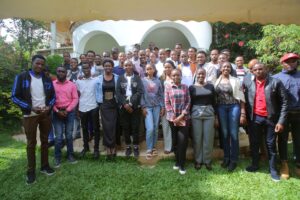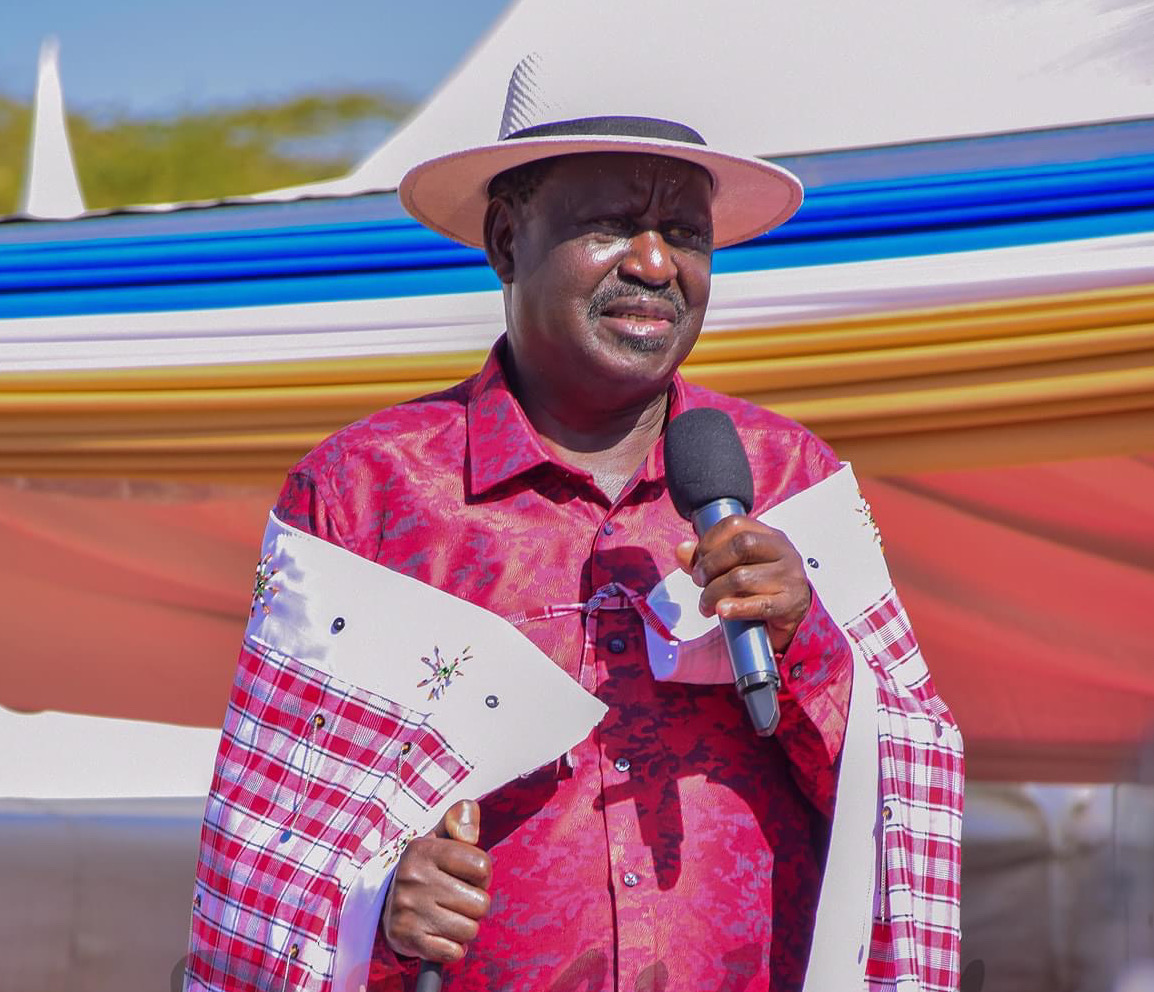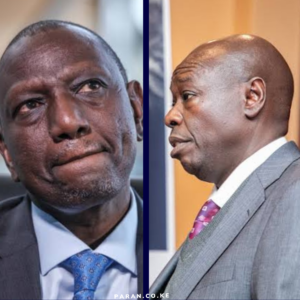In recent times, Raila Odinga, a prominent figure in Kenyan politics, has witnessed a significant decline in popularity among the Maasai community, marking a notable departure from his previous electoral success in the region. This shift in allegiance has been driven by a series of strategic moves made by President William Samoei Ruto, who has actively engaged with and empowered Maasai leaders. This article delves into the reasons behind Raila’s diminishing support in Maasai land, shedding light on the factors that have led to this remarkable transformation.
Raila Odinga has long enjoyed the status of being the “Maa darling” in presidential elections. During his fifth presidential bid, Raila secured substantial votes in Maasai counties despite ultimately losing to President Ruto. Historically, the Maasai community had been a stronghold of support for Raila, making this recent shift all the more significant.
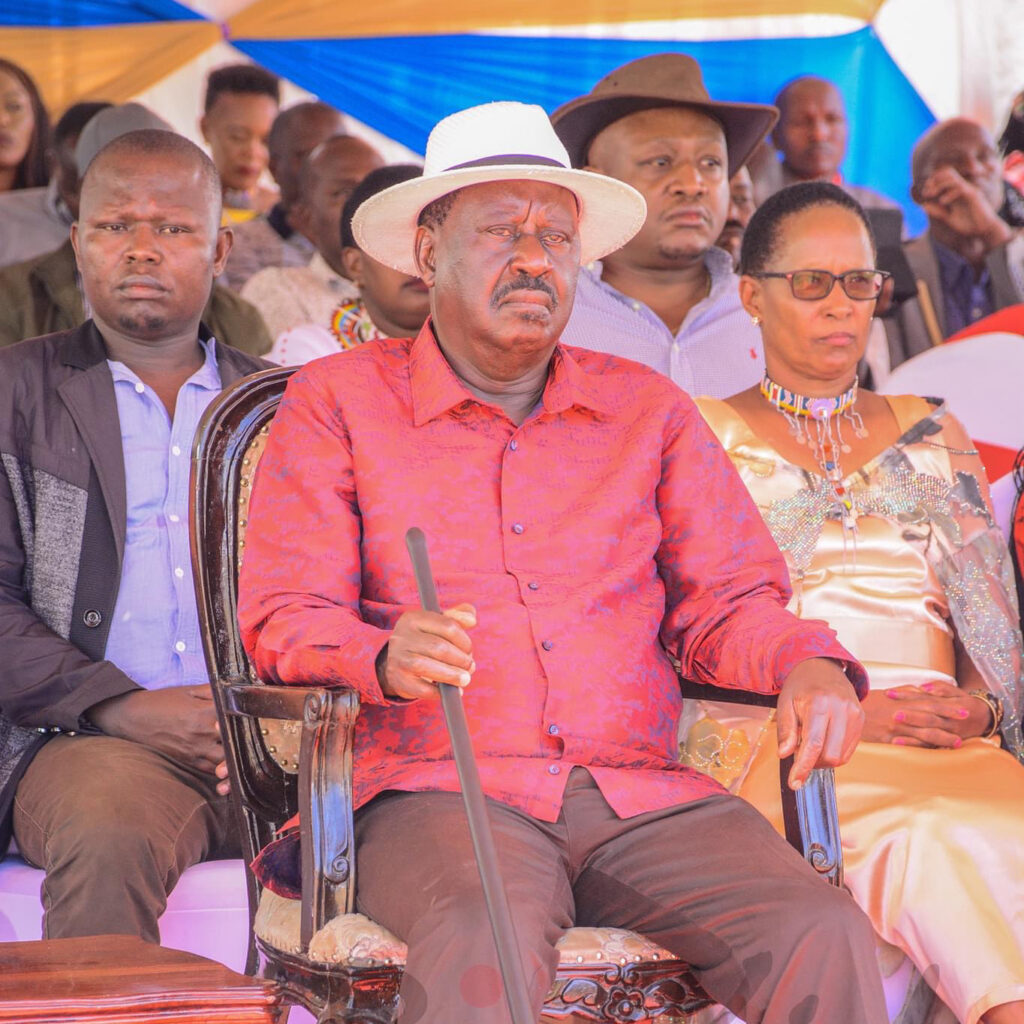
William Ruto’s Strategic Appointments
One key element contributing to Raila’s decline in Maasai land is President William Ruto’s astute strategy of appointing Maasai leaders to key government positions. Notably, he appointed Hon Soipan Tuya as the Cabinet Secretary for the Ministry of Environment, Climate Change & Forestry, making her the first Maasai woman to hold such a position in Kenyan history. Additionally, Hon David Ole Sankok was appointed to the East Africa Legislative Council (EALA), further solidifying Ruto’s efforts to reward loyal supporters.
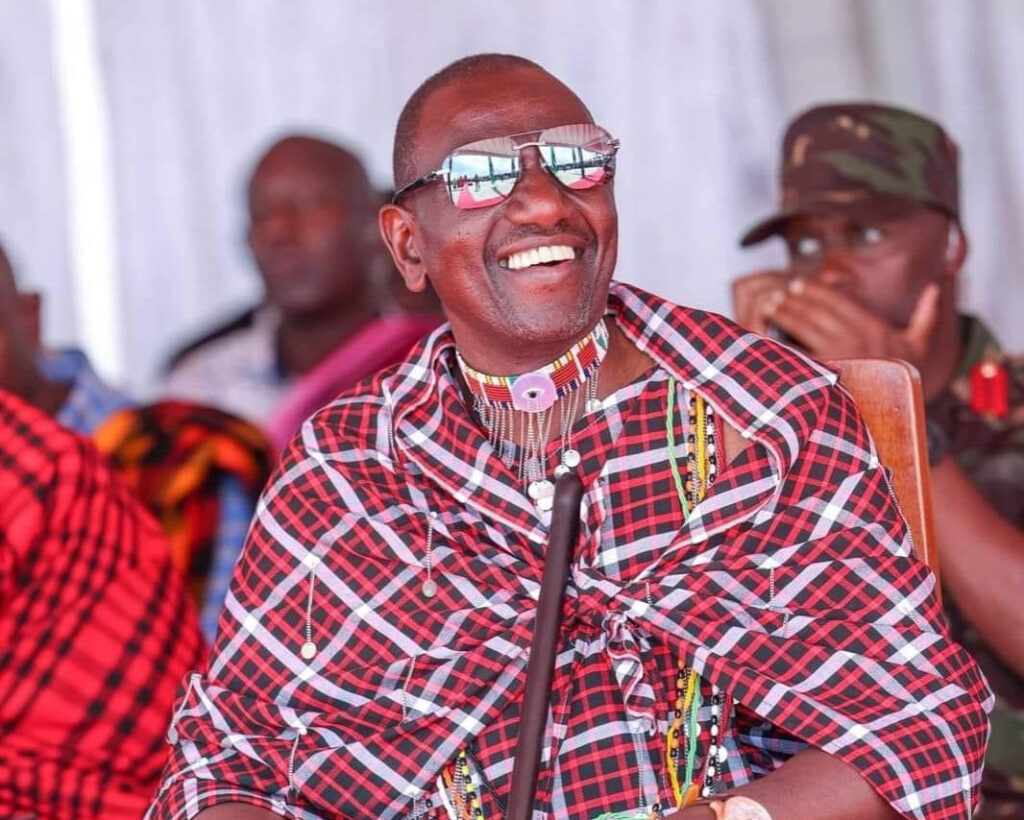
Other crucial appointments include John Ololtua as the Principal Secretary for Tourism, Hon Sylvia Museyia as Principal Secretary for Wildlife, and Samuel Kuntai Ole Tunai as CAS for Interior, among others. These appointments have not only demonstrated Ruto’s commitment to the Maasai community but have also established a sense of representation and empowerment within the government.
Maasai Representation in Parliament
In the Kenyan Parliament, Ruto has strategically appointed Maasai elected Members of Parliament to head strategic committees, enhancing their influence and involvement in national decision-making. For instance, Hon. Gabriel Ole Tongoyo was appointed to chair the Committee on National Security, and Hon. Ken Lemanken Aramat was given the role of leading the Committee on Energy. These appointments have further endeared Ruto to the Maasai community.
Devolution and Cultural Recognition
Ruto’s administration has maintained a strong rapport with Maasai elected governors, such as Hon Joseph Ole Lenku, Hon Patrick Ole Ntutu, and Hon Lati Lelelit of Samburu. This has resulted in tangible benefits for the locals through devolution, as well as cultural recognition. Ruto attended the First Maasai Cultural Week and facilitated the recognition of key aspects of Maasai culture by UNESCO. He has also promised a national holiday to celebrate Maasai culture, marking a significant milestone in Maasai cultural heritage preservation.

Ruto’s decision to revert the management of Amboseli National Park from the national government to the County Government has been a long-standing demand of the Maasai community. This move has further elevated his prominence in the region.
Raila Odinga’s Campaign Promises
Conversely, Raila Odinga’s campaign promises in the region appear to lack substance in comparison to the tangible actions taken by Ruto. While he advocates for the return of the Mau Forest, previously gazetted during President Uhuru’s tenure, Raila’s tenure as Prime Minister is perceived by many as having produced few tangible projects or government appointees from the Maasai community.
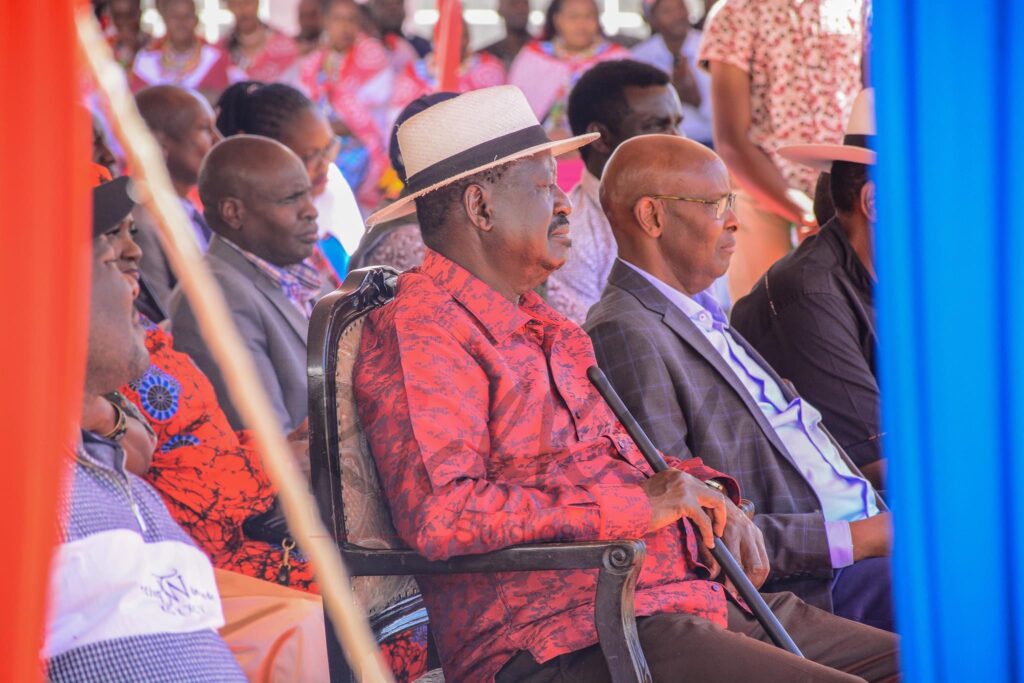
The Shifting Political Landscape
In a significant show of political realignment, several Maasai MPs, including Hon. Memusi Kanchory, have switched their allegiance to President Ruto. Memusi Kanchory, in particular, expressed his frustration at the lack of opportunities within Raila’s ODM party, signaling a shift in support. Other leaders who have aligned with Ruto include Hon. Sakimpa Parashina, Hon. Kakuta ole Maimai, and Hon. Mantaine Pareyio. Additionally, Hon. Joseph Lenku, the Maa Spokesperson, is set to establish a Maa Political Party, which could further erode support for ODM in the region.
The Final Blow: Promises and Land Restoration
President Ruto’s promise to return Kedong Ranch, Suswa, to its rightful owners is seen as the potential final blow to Raila’s prospects in Maasai land. This commitment aligns with Maasai land rights and has resonated with the community.
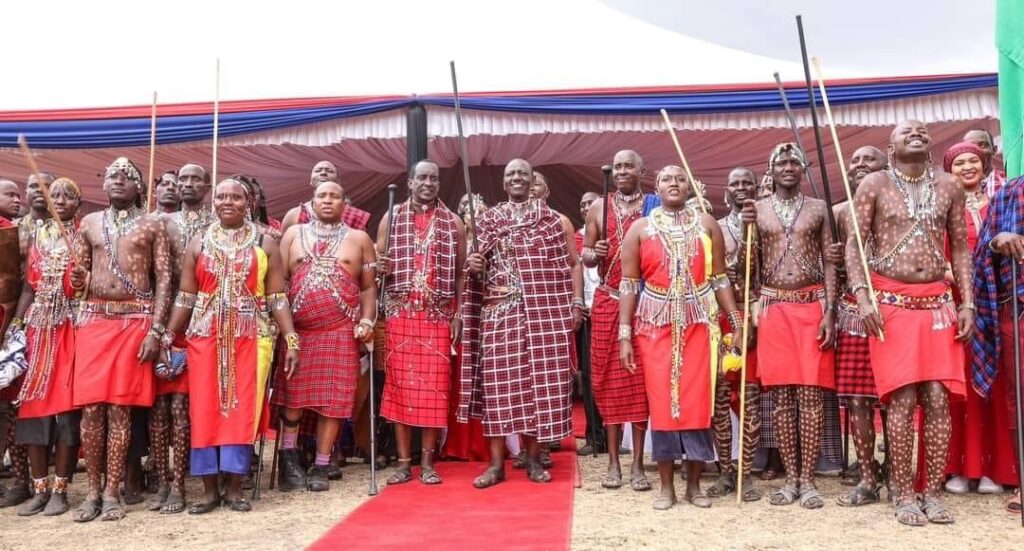
In conclusion, Raila Odinga’s decline in Maasai land can be attributed to a combination of strategic political appointments by President Ruto, effective representation in parliament, devolution efforts, cultural recognition, and the perception of limited tangible actions by Raila. The Maasai community’s shift in allegiance reflects a changing political landscape, with President Ruto emerging as a prominent figure and garnering substantial support. The road ahead may prove challenging for Raila as he contemplates a potential sixth bid for the presidency


